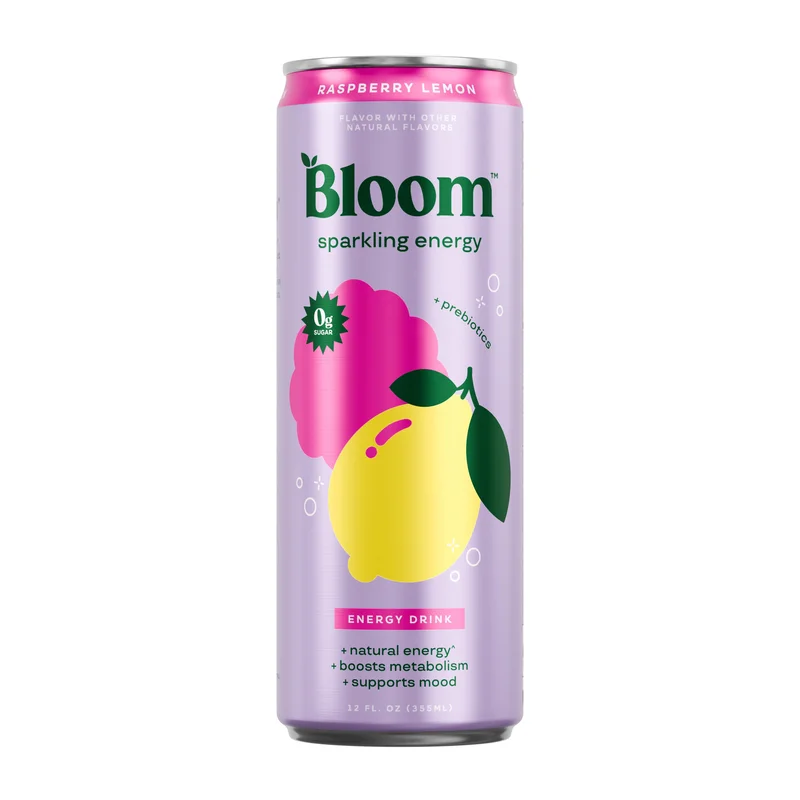The news that Bloom Energy soars more than 20% on deal with Brookfield to put fuel cells in AI data centers has solidified its position as the market’s chosen vehicle for the energy-hungry AI narrative. The story is clean, compelling, and perfectly timed: as artificial intelligence consumes an ever-larger share of the world’s power, Bloom’s on-site fuel cells will provide the resilient, clean energy required.
With an earnings call scheduled for October 28th, the market is primed for confirmation. As one analysis puts it, the key question is Should Bloom Energy's (BE) Upcoming Earnings Reveal a Turning Point for Clean Power Leadership? Analyst EPS projections have skyrocketed—up 900%—and quarterly revenue growth is expected to approach 25%. On the surface, this is a textbook growth story. But when a narrative becomes this powerful, my first instinct is to check the math. The numbers often tell a quieter, more complicated story than the headlines.
The upcoming webcast isn't just a financial update; it's a stress test. Management will discuss its execution with major clients like Oracle and American Electric Power. For investors, this is the moment where the elegant theory of AI-driven demand collides with the messy reality of manufacturing, deployment, and capacity management. The question isn't whether AI needs more power. It's whether Bloom Energy can deliver it profitably and at a scale that justifies its now-lofty valuation.
The Anatomy of a Hype Cycle
Let’s be precise about the bull case. It rests on a simple, powerful correlation: more AI equals more data centers, and more data centers equal a critical need for stable, on-site power that the grid often can’t provide. Bloom’s solid oxide fuel cells fit this need perfectly. The Brookfield deal is seen as the ultimate validation of this thesis, opening a direct channel to one of the largest owners and operators of data center real estate.
This narrative is so potent that it has propelled analyst expectations into the stratosphere. The market is anticipating a nearly 25% year-over-year revenue increase for the quarter. That’s an impressive figure, but it’s the earnings projection that truly stands out. A 900% jump in EPS, even from a low base, signals a belief that the company is hitting a critical inflection point in profitability.
This is the part of the analysis that always gives me pause. I've looked at hundreds of these inflection-point narratives over the years, and they are notoriously difficult to time correctly. The market is pricing Bloom not on its current performance, but on a projected future of flawless execution. It's like watching a rocket on the launchpad; the current stock price isn't about the countdown, it's about a successful orbit and a safe return, all before the engines have even ignited. The risk, of course, is that any deviation from this perfect trajectory—a supply chain hiccup, a delayed deployment, a competitor’s innovation—isn't priced in.

The core tension for Bloom has always been balancing its manufacturing expansion with tangible, signed-off demand. The biggest risk in any capital-intensive business is building factories for customers who might not show up on time, or at all. This is the ghost in the machine for Bloom Energy. Is the company’s rapid capacity expansion a stroke of genius in anticipation of a tidal wave of orders, or is it a high-stakes gamble that could lead to crippling overcapacity if the AI boom matures more slowly than expected?
When Forecasts Diverge
Here is where the data presents a significant discrepancy. The company's own long-term outlook, projected out to 2028, targets roughly $2.7 billion in revenue and just under $400 million in earnings (to be more exact, $395.4 million). This assumes a compound annual revenue growth rate of 19.0%—an aggressive but perhaps achievable target in this market.
Yet, even when you plug these optimistic, company-aligned numbers into a standard discounted cash flow model, the output is startling. Some analyses, including one from Simply Wall St, arrive at a fair value of around $57.63 per share. This represents a potential 34% downside from its current trading price. How can a company with such a powerful growth story be simultaneously viewed as overvalued?
The answer lies in the assumptions baked into that current price. The market isn't just pricing in 19% annual growth; it's pricing in something far more explosive, with zero margin for error. This brings us to what I consider the most telling data point of all: the sentiment of the investment community itself.
An aggregation of ten fair value estimates from individual investors and analysts reveals a range so wide it borders on the absurd. The low estimate sits at $15.38 per share, while the high end reaches $230.14. A spread of over 1,400% isn't a sign of healthy debate; it's an indicator of a complete decoupling from fundamental analysis. When "fair value" can mean anything, it really means nothing. The stock has ceased to be an investment in a company and has become a bet on a narrative. The price is no longer tethered to discounted future cash flows but to the ever-shifting sands of market sentiment.
What does this extreme divergence tell us? It suggests that the market is split between two camps: those who believe the AI narrative is so powerful it transcends traditional valuation metrics, and those who see a capital-intensive manufacturer facing enormous execution risk. The October 28th earnings call will serve as fresh data for both sides, but it's unlikely to settle the debate.
A Classic Narrative-Driven Divergence
My analysis suggests that Bloom Energy is a textbook case of a fantastic story getting ahead of its underlying financials. The potential is undeniable, but the price already reflects a decade of perfect execution. The Brookfield deal is a significant validation, but it's one data point, not a completed trend line. The upcoming earnings report will be a crucial test of management's ability to convert hype into hard numbers. Investors should be listening not just for revenue beats, but for concrete commentary on manufacturing capacity, project timelines, and margin stability. Right now, buying the stock is less an investment and more a wager that the story will continue to outrun the numbers. That's a bet that rarely pays off in the long run.









